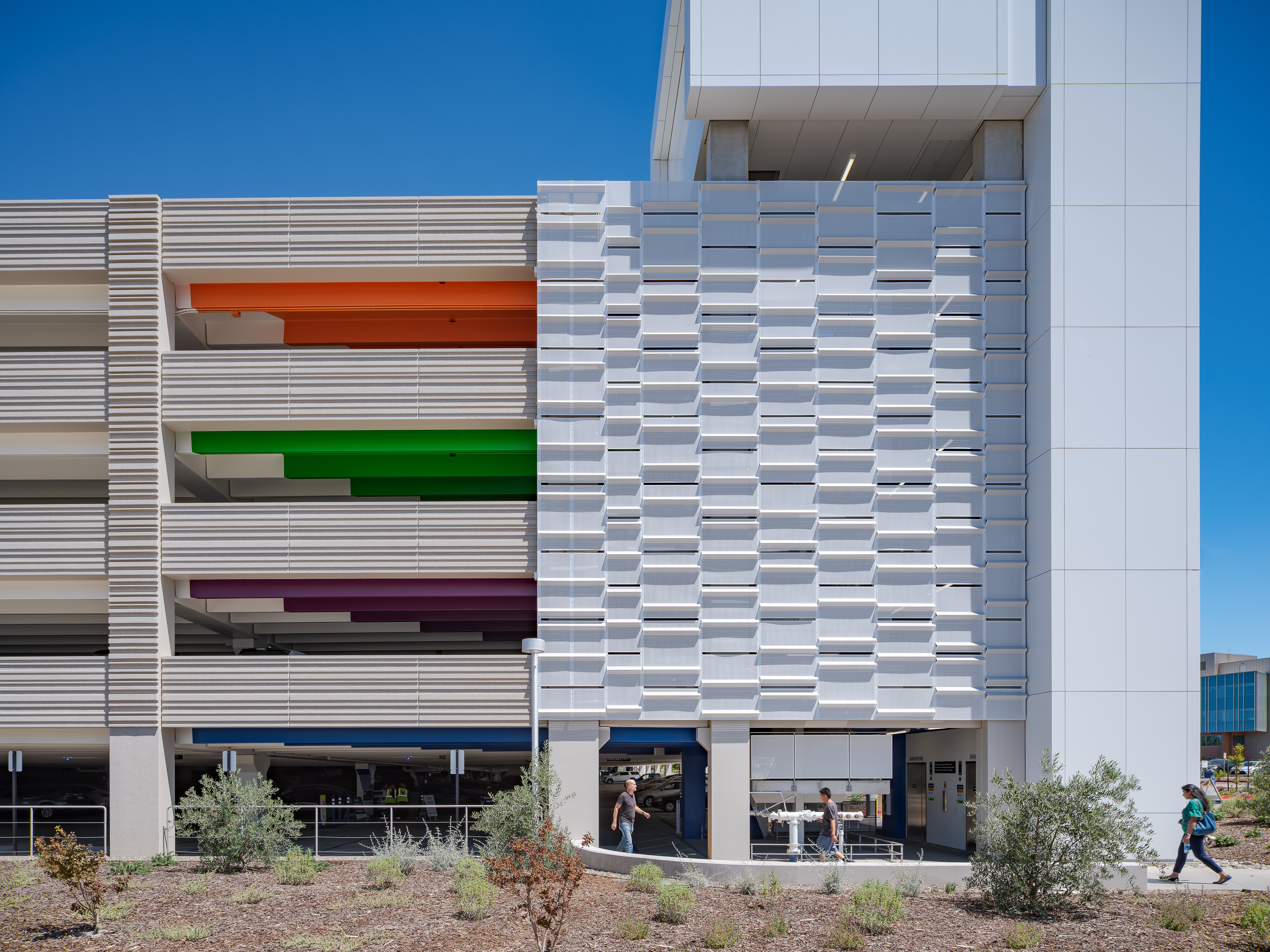Traditionally, university parking maps are created to be ‘everything to everyone’, with the finished product so complex that visitors and permit holders find it confusing to locate parking. The issue lies in the attempt to show all parking options for all visitors at once. The resulting lack of clarity around options and rules leads to wasted time searching for parking, frustration, congestion, pollution, citations, and in some cases, sub-optimal use of existing parking spaces.
The key focus was establishing the best method to visualize the digital parking map, and personalize it for individual users.
With the majority of the student population living off campus, and rising student numbers year-on-year, universities are continuing to search for innovative ways to solve the issue of limited parking for their populations, particularly as many universities are unable to invest in building more spaces.
As a visionary in the university parking sector, the private parking administrator at The Ohio State University (OSU), CampusParc set a goal to take the confusion and frustration out of parking by implementing technology to connect drivers with the best available place for them to park. In doing so, students, staff and visitors would travel with the confidence that there would be a space available for them on arrival.
To kick off this initiative, CampusParc began the search for a partner to help convert the existing parking map into a flexible, digital platform. CampusParc CTO, Bob Murray, was focused on finding a partner that would lead with a data-first perspective, understanding that the end product would only be as helpful as the quality of the data that underpinned it.
CampusParc partnered with Spot Parking, a leader
in digitizing parking options and rules, to solve this
familiar problem.
Digitization
The first step was to fully digitize the parking on campus. With 36,000 parking bays, over 40+ permits, and 90 permissions governing them, there was incredible complexity to the requirements and a collaborative approach was going to be vital to creating a simplified interactive map for users. With almost 100,000 visitors to the OSU campus daily, the key focus was establishing the best method to visualize the digital parking map, and personalize it for individual users.
Spot ingested, cleansed and interpreted the existing GIS data on the 36,000 parking bays. To build a solution that allowed dynamic changes down to each individual space, the geolocation and size of each space had to be exact. With this in place - the permits, entitlements and time-based rules had to be perfected for every space, as users needed to have confidence that the conditions shown on the map were accurate. The platform, now known as SureParc, has since been integrated with the login details to the OSU website, ensuring that when a user opens SureParc, the map defaults to a personalized view of parking specific to them and their permit(s).
Event Management
The next step was to handle the events management aspect of parking at OSU. There are over 2,000 events each year, many occurring at the same time and each with its own unique parking requirements. The key to solving this was two-fold: an administration dashboard with the ability to manipulate parking configurations and tariffs, and a solution that encouraged collaboration between different departments. To simplify this further, the concept of pre-built parking templates by category (football, basketball, special events, music concerts, and more) was formed. CampusParc now has over 100 pre-built templates that they customize and apply at the start of each season, and publish to the consumer-facing map, ensuring the information is available well in advance.
Customer Service
The Customer Service team at CampusParc now has an intuitive solution they use to help people identify the most appropriate permit type for them. They also use this platform to guide drivers on the best place to park and dropoff based on their destination and parking needs.
Operations Management
The CampusParc Operations team can implement changes to permit allowances, tariffs, and bay closures due to maintenance or weather via the administration dashboard, notifying drivers before they get to campus. A full view of the impact of parking changes can be reconciled, and a complete audit trail is maintained ensuring that the team has access to all current and historical parking conditions.
With the platform in place, it has become the source of truth on parking options, and changes to the standard conditions. Integrations with other existing parking vendor solutions on campus are the next step, to operate from this dataset and further improve the ease and efficiency of parking management at OSU.
The platform also records data on parking utilization and costs and this data can be analyzed to inform effective future planning and provide predictive analytics.
The feedback from different parties involved has been very positive:
“We believe that our interactive parking map creates a framework for working toward more comprehensive wayfinding technologies. We’re excited to watch its adoption across campus and continue to evolve the product.” – Sarah Choops, CampusParc Project Manager
“I’ve been working in this building for the last few years and I never realized those parking spaces existed. I’m going to check them out tomorrow when I drive in” - OSU Tech Staff Member
“Who would use this? Everybody... I especially like the ability to set closures due to snow and notify drivers before they arrive in the morning” - OSU Operations Manager
Visit https://www.spotparking.us/ for more information.
Mark Frumar is General Manager, U.S.A. at Spot Parking. He can be reached at mark@spotparking.com.au










